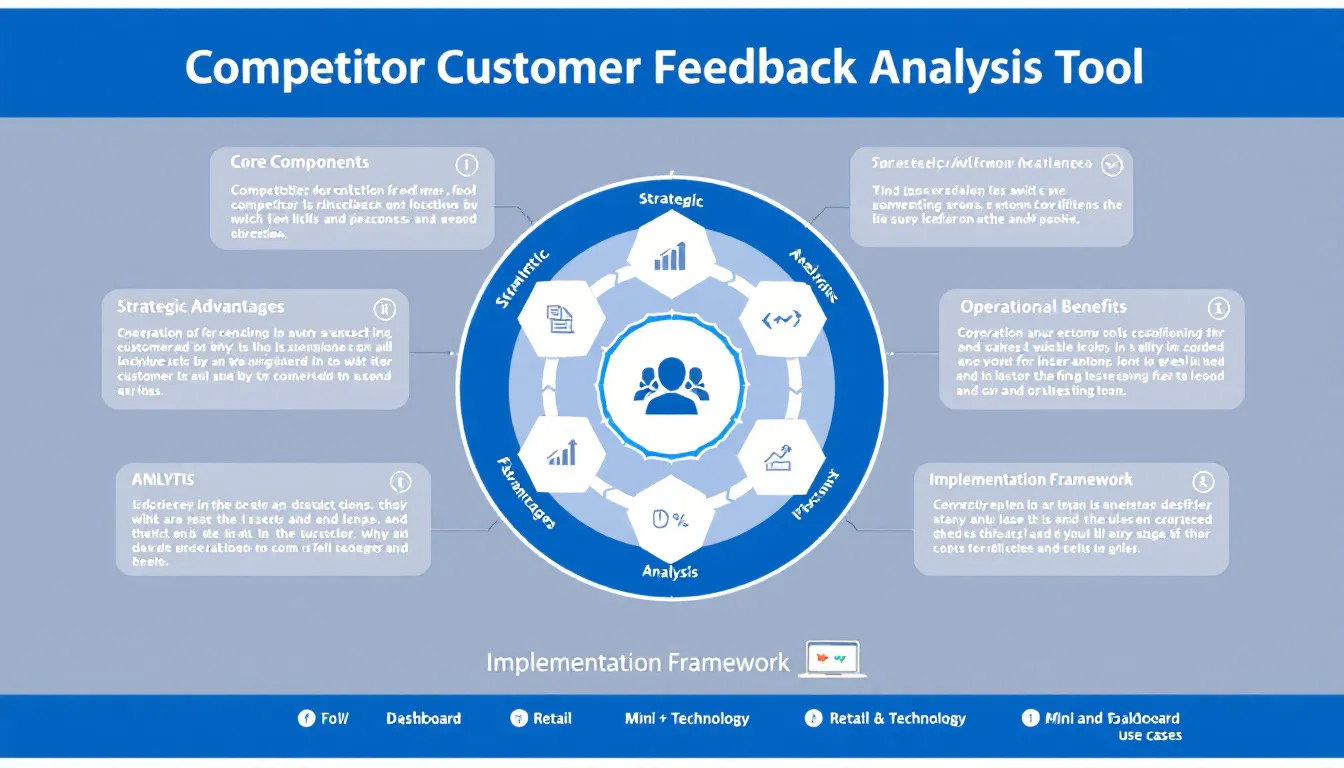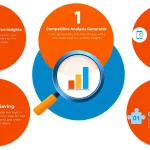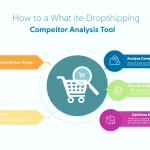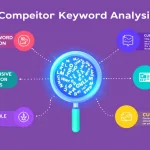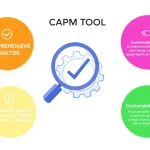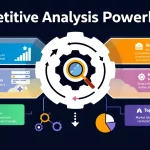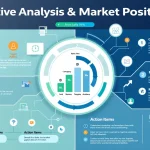Is this tool helpful?
How to Use the Competitor Analysis Research Tool Effectively
To maximize the effectiveness of the Competitor Analysis Research Tool, follow these steps for comprehensive competitive intelligence gathering:
- Company Name Field: Enter your target company’s full legal name. For example, “Tesla, Inc.” or “The Coca-Cola Company”
- Competitors List: Input major competitors, one per line. For Tesla, you might list: “Ford Motor Company, General Motors, Volkswagen AG, BYD Company”
- Industry/Market Sector: Specify the relevant industry category. Examples include “Automotive Manufacturing” or “Electric Vehicle Production”
- Time Frame: Define your analysis period, such as “2022-2023” or “Previous 24 months”
Understanding the Competitor Analysis Research Tool
This advanced competitive intelligence tool helps businesses systematically analyze their competitors’ customer feedback mechanisms and product development processes. It provides structured insights into how market leaders gather, process, and implement customer feedback to enhance their products and services.
Core Components of Analysis
- Customer feedback collection methods
- Product development cycle analysis
- Implementation effectiveness metrics
- Comparative performance indicators
- Process improvement opportunities
Benefits of Using the Competitor Analysis Tool
Strategic Advantages
- Identification of industry best practices
- Gap analysis in feedback collection methods
- Benchmark against industry leaders
- Process optimization opportunities
- Customer experience enhancement strategies
Operational Benefits
- Streamlined research process
- Standardized comparison framework
- Time-efficient competitive analysis
- Data-driven decision support
- Actionable improvement recommendations
Addressing Business Needs Through Competitive Analysis
Problem-Solving Applications
The tool specifically addresses several critical business challenges:
- Understanding competitor feedback mechanisms
- Identifying successful product development strategies
- Analyzing customer engagement methods
- Evaluating implementation effectiveness
- Discovering improvement opportunities
Implementation Framework
The tool utilizes a comprehensive analysis framework:
- Data collection and organization
- Comparative analysis methodology
- Performance metrics evaluation
- Strategy assessment
- Recommendation development
Practical Applications and Use Cases
Retail Industry Example
A retail chain analyzing competitors like Target and Walmart might discover:
- Mobile app feedback integration
- In-store customer survey methods
- Social media listening strategies
- Product review analysis techniques
- Customer service improvement processes
Technology Sector Application
A software company examining competitors like Microsoft and Adobe might identify:
- Beta testing programs
- User interface feedback collection
- Feature request handling
- Bug reporting systems
- Customer support integration
Frequently Asked Questions
What industries can benefit from this tool?
Any industry with competitive markets can benefit, including retail, technology, manufacturing, healthcare, and service sectors. The tool’s framework adapts to various business contexts and competitive landscapes.
How often should competitive analysis be performed?
Regular analysis is recommended, typically quarterly for fast-moving industries and semi-annually for more stable markets. This ensures current competitive intelligence and timely strategy adjustments.
What type of insights can be gained?
The tool provides insights into competitor feedback collection methods, product development processes, customer engagement strategies, and implementation effectiveness. These insights inform strategic planning and operational improvements.
Can small businesses use this tool effectively?
Yes, small businesses can effectively use this tool to analyze larger competitors and adapt successful strategies to their scale. The insights help level the playing field through informed decision-making.
How does the tool support product development?
The tool reveals competitor product development cycles, feedback integration methods, and success metrics. This information helps optimize your product development process and feature prioritization.
What are the key outcomes of using this tool?
Key outcomes include improved customer feedback processes, enhanced product development strategies, better customer engagement, and more effective implementation of customer-driven improvements.
How can results be effectively implemented?
Results should be prioritized based on resource availability and strategic importance. Create an action plan with specific timelines and responsibilities for implementing improvements identified through the analysis.
What makes for successful competitive analysis?
Successful analysis requires thorough data collection, objective evaluation, regular monitoring, and strategic implementation of insights. Focus on actionable findings that align with your business capabilities and goals.
Important Disclaimer
The calculations, results, and content provided by our tools are not guaranteed to be accurate, complete, or reliable. Users are responsible for verifying and interpreting the results. Our content and tools may contain errors, biases, or inconsistencies. We reserve the right to save inputs and outputs from our tools for the purposes of error debugging, bias identification, and performance improvement. External companies providing AI models used in our tools may also save and process data in accordance with their own policies. By using our tools, you consent to this data collection and processing. We reserve the right to limit the usage of our tools based on current usability factors. By using our tools, you acknowledge that you have read, understood, and agreed to this disclaimer. You accept the inherent risks and limitations associated with the use of our tools and services.
